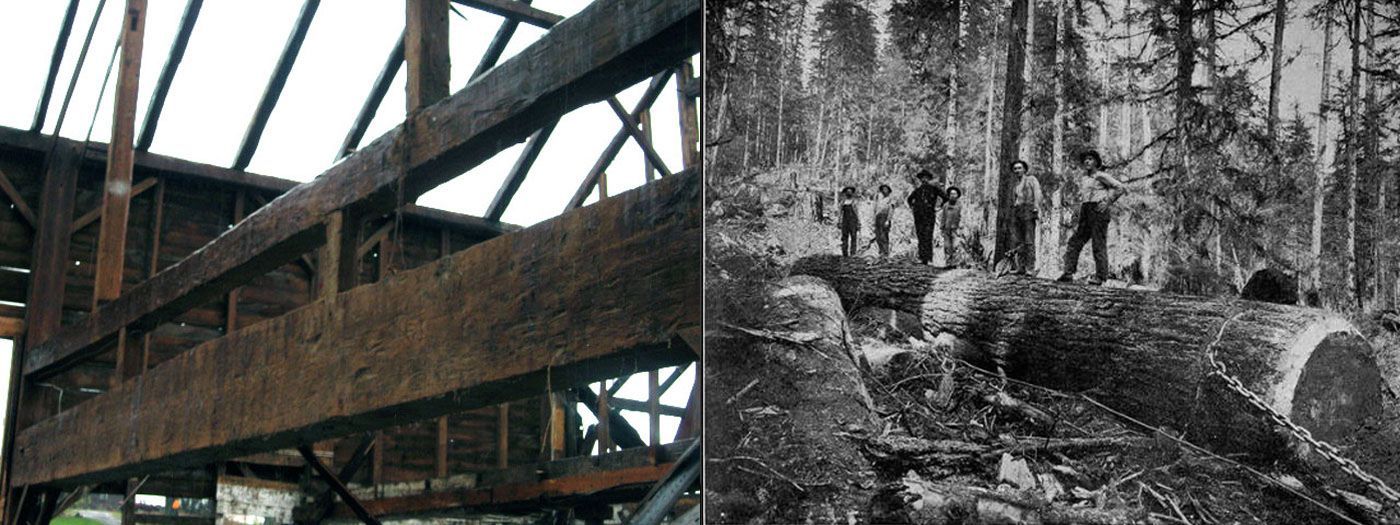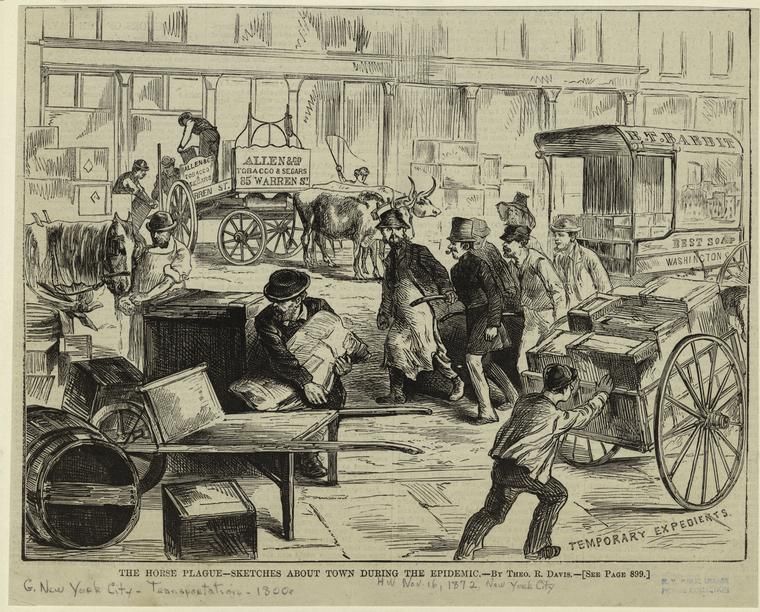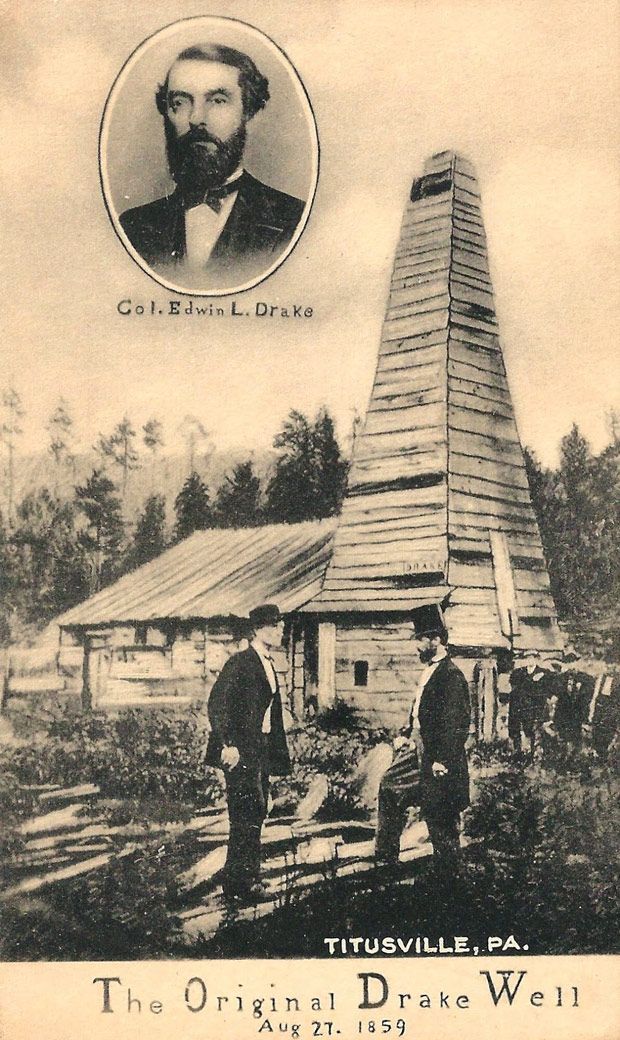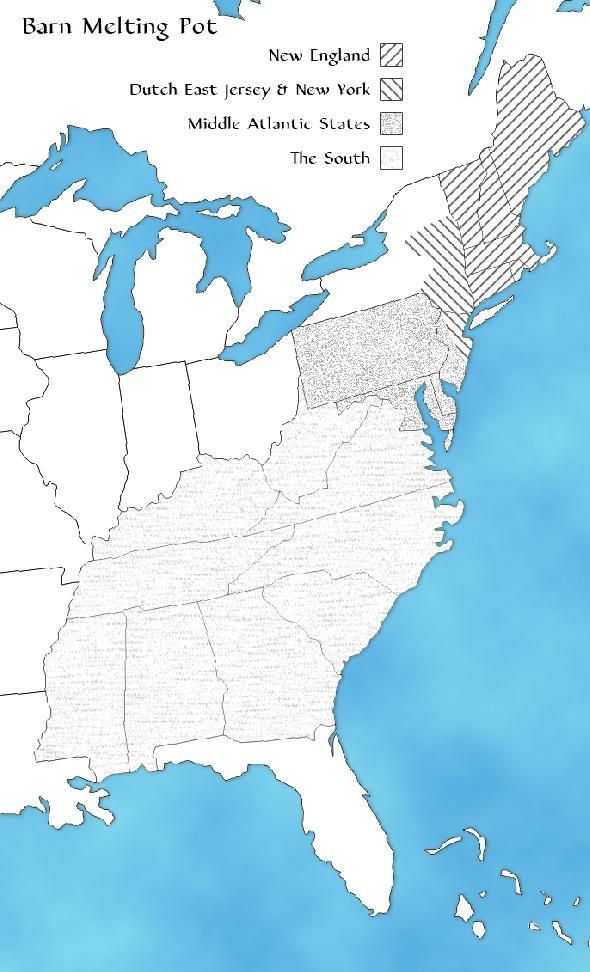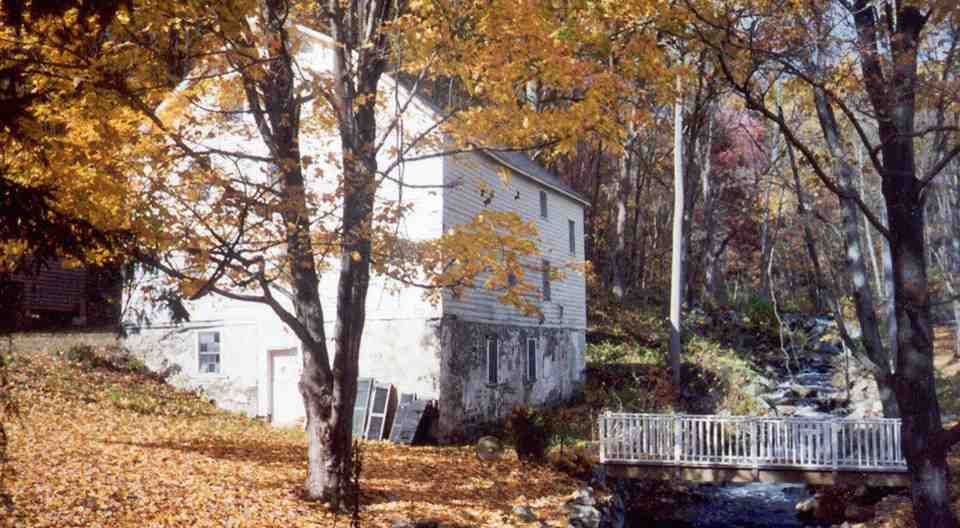Twice Recylced
Many of the old barns we disassemble and restore for homes were built in the 1800’s with hemlock timbers from New York State. Eastern hemlock (Tsuga Canadensis) is a conifer once widespread in the mountains of the Northeast making up a large portion of the virgin forest. They were massive, straight trees and by counting back their growth rings, we can date these trees back to when they first started growing as early as the 1500’s.
But unlike the eastern white pine that also grew abundantly in the region, hemlock trees were prized primarily for their bark. Hemlock bark is high in tannic acid, which was used to “tan” hides for leather in the early 1800’s.
In order to obtain the bark for the tanning mills, the log cutters and bark peelers would peel off the bark and leave the tree trunks behind as waste by-product of this early American industrial process. Then, in the wake of the tree cutters came farmers who recycled the logs and hand-hewed them into beams for their homes and barns. It is estimated that as many as 70 million hemlock trees were cut for their bark. Not only did the tanners clear cut whole forests, but tanneries also needed water for the tanning process and so were located along streams that they also conveniently dumped their spent tanning solutions into.
The tanning process often included using mercury and many a tanner and hatter, (as hats were made from tanned beaver skins) showed the effect of exposure to this heavy metal on their nervous systems, thus the origin of the phrase “Mad as a Hatter.”
So, not only were these hemlock timbers salvaged from old barns by us in the 21st Century, they were salvaged long ago after they had their bark peeled, so we can say they’ve been “twice recycled.”
